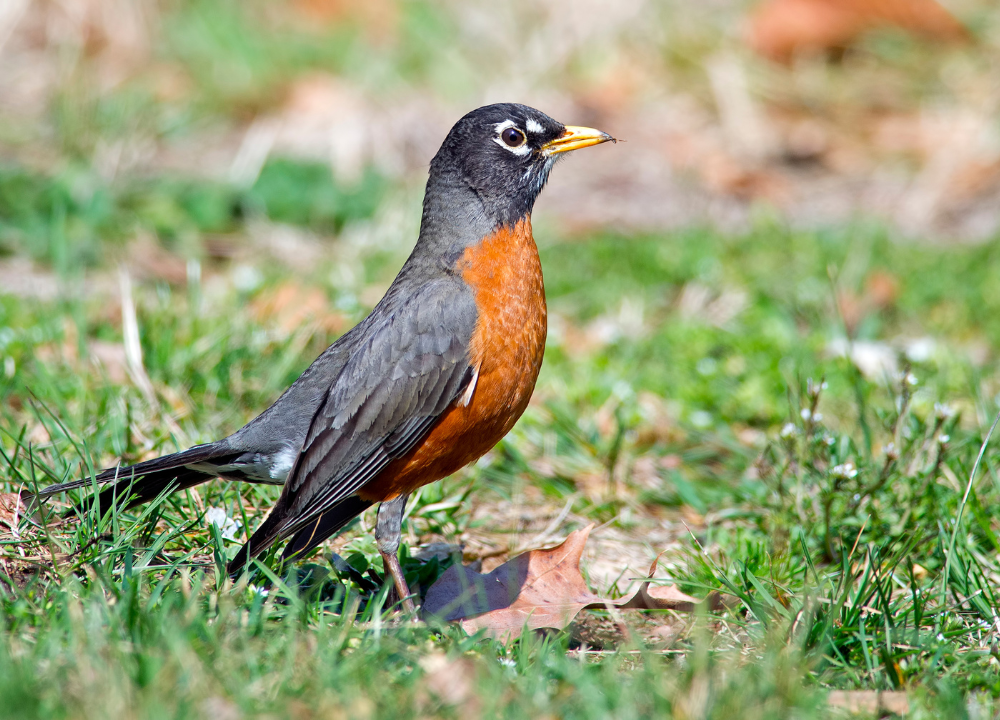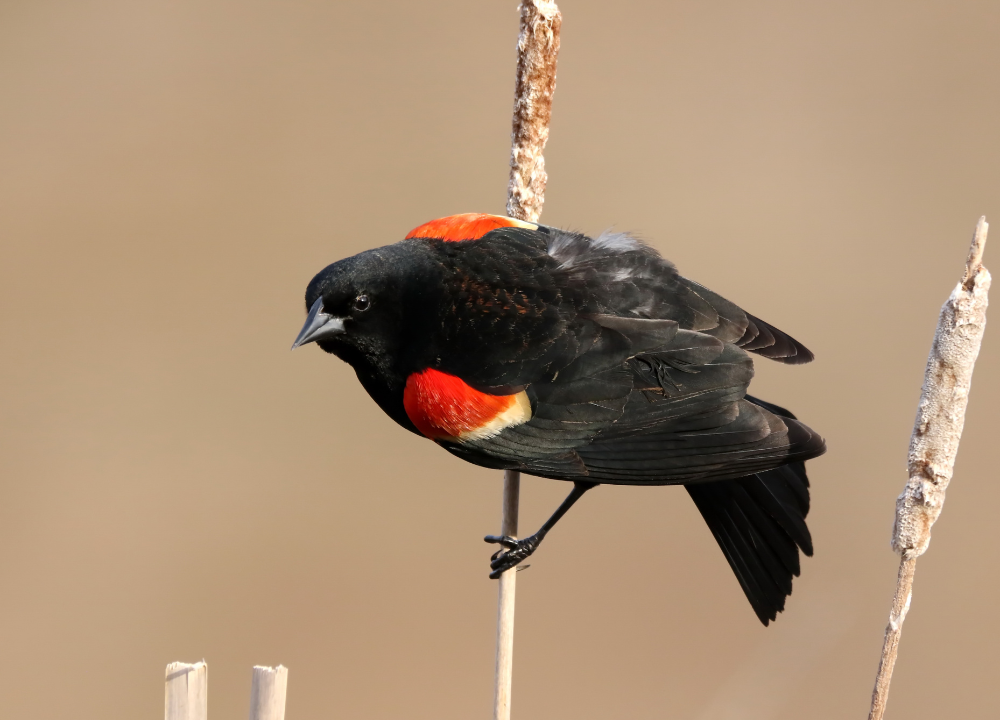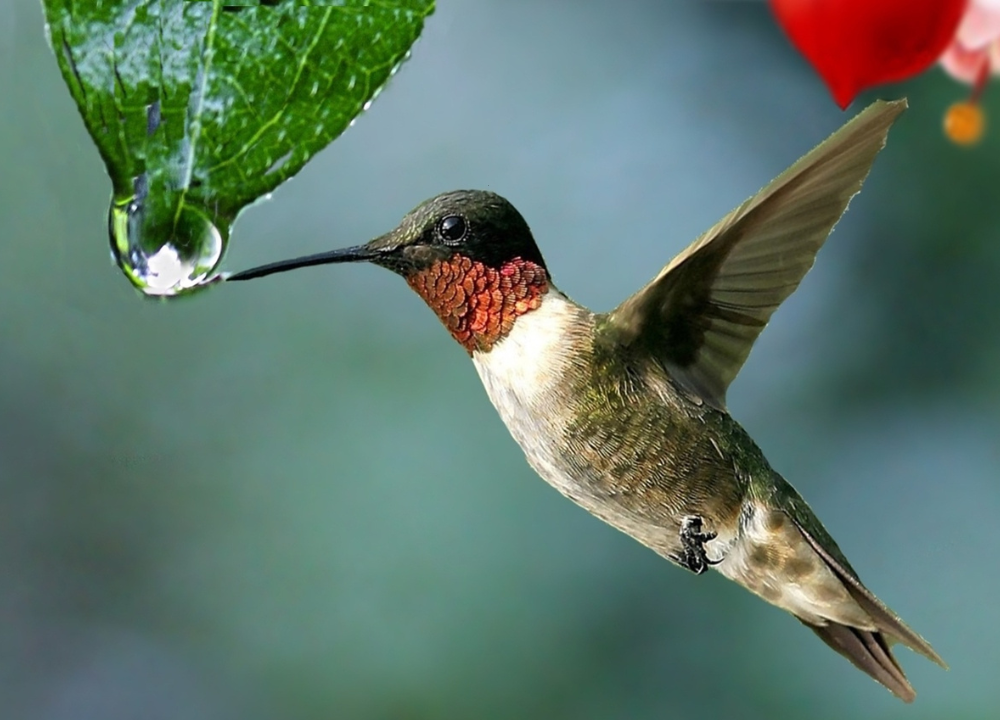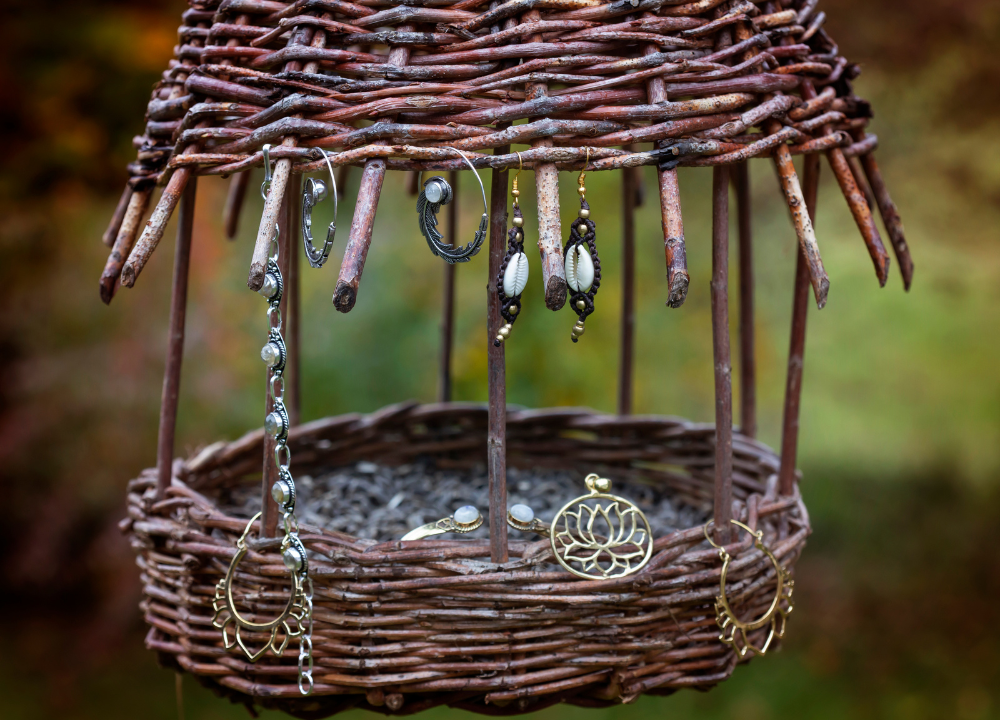The robin is widely recognized as the bird symbolizing the start of spring. Its arrival heralds the changing season.
As winter’s grip loosens, the sight of a robin is often the first sign that spring is just around the corner. These cheery birds, with their red breasts and bright song, are synonymous with the renewal and rebirth that come with the warmer months.
Table of Contents
Robins As Harbingers Of Spring
One bird, known for announcing this beautiful season, is the robin. Robins are seen as harbingers of spring. Their arrival signifies warmer days ahead. These birds are not just a sign of spring but also bring a message of renewal and new beginnings.
Physical Characteristics
Robins are easy to spot thanks to their unique looks. They have a round body, long legs, and a tail that is often seen flicking up and down. Here are some of their most noticeable features:
- Size: Robins are medium-sized birds, typically about 9 to 11 inches long.
- Color: They are famous for their bright orange-red chest and belly, which stand out against their brown back and wings.
- Beak: Their beak is yellow, adding to their colorful appearance.
- Eyes: Robins have round, dark eyes that look curious and alert.
These characteristics make robins easily recognizable and a beloved sight in spring.
Behavioral Patterns
Robins have fascinating behaviors that signal the start of spring. Here are some key behaviors to watch for:
- Migration: Many robins migrate to warmer areas for winter and return in spring. Their return is a sign that spring is near.
- Singing: Male robins sing beautiful tunes to attract mates and claim territory. This music fills the air in spring.
- Nesting: In spring, robins build nests in trees or shrubs. They use mud, grass, and twigs to create a cozy home for their eggs.
- Feeding: Robins eat worms, insects, and fruit. You can see them hopping around lawns, looking for worms, especially after rain.
These behaviors not only signify the arrival of spring but also remind us of the cycle of life and nature’s renewal.
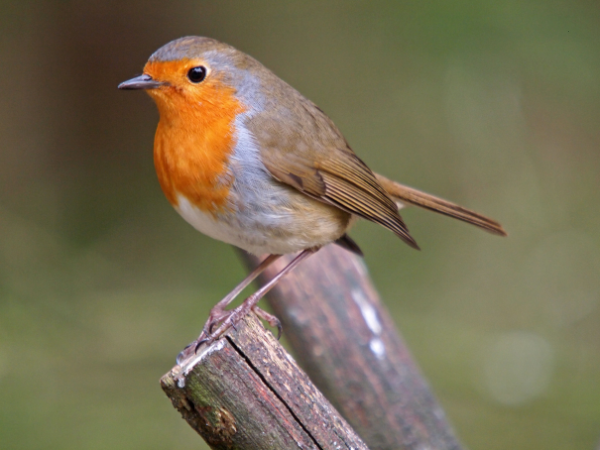
Swallows As Symbols Of Spring’s Arrival
The return of the swallows heralds the start of spring, a natural event that excites and uplifts the human spirit. These agile birds symbolize new beginnings and hope. Their arrival marks a significant moment in the natural world, indicating warmer weather and blossoming nature. Swallows are the winged messengers of spring’s arrival.
Migration Patterns
Every year, swallows embark on an incredible journey, signaling the change of seasons. They migrate from their winter homes in the southern hemisphere to grace the skies in more temperate regions. This migration is a remarkable feat, covering thousands of miles.
- Distance: Swallows can travel over 200 miles a day during migration.
- Navigation: They use the sun and stars to find their way.
- Timing: Swallows time their travel for optimal weather conditions.
Their patterns are so consistent that people once set their calendars by the swallows’ return. Communities would prepare for their arrival, welcoming the birds and the promise of spring they carried with them.
| Location | Arrival Period |
|---|---|
| North America | March to April |
| Europe | April to May |
The sight of swallows swooping through the sky is a clear sign that spring has sprung, and nature is awakening once more.
Historical And Cultural Significance
Swallows hold a special place in history and culture. These birds are more than just signs of spring; they are symbols of hope and renewal. In ancient times, people saw swallows as omens of good fortune and linked them to deities that protected homes.
- Legends: Many tales tell of swallows bringing success and joy.
- Mythology: In Greek mythology, swallows are associated with the goddess of love, Aphrodite.
- Folklore: Swallow tattoos were once believed to ensure a safe return home, much like the birds’ own migration.
In literature, poets and writers often use swallows to symbolize the coming of happier times. Their flight patterns inspire artists, and their images adorn many works of art. Swallows not only signify the start of spring but also hold a deeper meaning across various cultures. They embody the human longing for warmth, light, and the rejuvenation of the earth.
Swallows continue to captivate our imaginations and signify the beginning of a season filled with life and color. Their historical and cultural significance remains a testament to their enduring role as harbingers of spring.
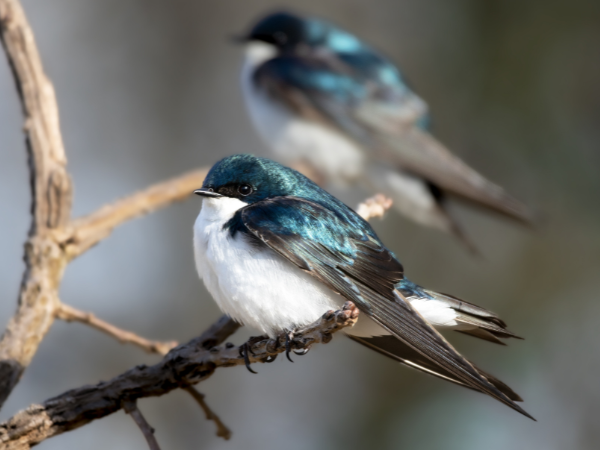
Cuckoos: Spring’s Melodious Messengers
As winter’s chill thaws and nature bursts into life, the cuckoo bird heralds the arrival of spring. Known as Spring’s Melodious Messengers, cuckoos become the soundtrack to warmer days. Their distinct call and vibrant presence in folklore make them synonymous with renewal and joy. Listen for their song, and you’ll know spring has truly sprung.
Distinctive Call
The cuckoo is famed for its unique call, a clear two-note ‘cu-coo’ that rings through the air. This sound is more than just a bird song; it’s a signal that the grip of winter has loosened. With their arrival from distant lands, these birds bring with them a symphony of spring.
- Male Cuckoo: Known for its repetitive call, the male cuckoo’s song is a claim to territory and a siren to attract a mate.
- Female Cuckoo: With a bubbly chuckle, the female’s call is less often heard but equally distinctive.
| Time of Day | Frequency of Calls |
|---|---|
| Early Morning | High |
| Midday | Medium |
| Evening | Low |
The cuckoo’s call varies with the time of day, peaking at dawn. This pattern aligns with the bird’s need to establish a presence in its chosen habitat. Children and adults alike delight in listening for the first cuckoo call of the year, a cherished moment that marks the season’s change.
Folklore And Symbolism
Cuckoos carry a treasure trove of stories and meanings. They are emblems of spring and often seen as omens of good fortune. In many cultures, their first call of the year is a cue to turn over a new leaf.
- Symbol of Change: The cuckoo’s arrival signifies the end of the old and the birth of new possibilities.
- Timekeeper: Their seasonal return makes them natural timekeepers, signaling the perfect moment to start springtime activities.
- Messenger of Joy: Their song is associated with happiness and the simple pleasures of life.
Myths and tales often feature the cuckoo. Its role ranges from a wise prophet to a bearer of love. The bird’s behavior of laying eggs in other birds’ nests has also inspired numerous stories. Some view this as cunning, while others see it as a lesson in adaptability and survival.
| Culture | Symbolism |
|---|---|
| European | Spring, Change, Love |
| Asian | Fortune, Joy, Natural Rhythm |
| African | Transformation, New Beginnings |
Children’s books and songs often reference the cuckoo, cementing its place in the imagination as a friendly herald of the brighter days of spring. This bird’s folklore is rich and varied, but one constant remains: the cuckoo is a symbol of the world waking up.
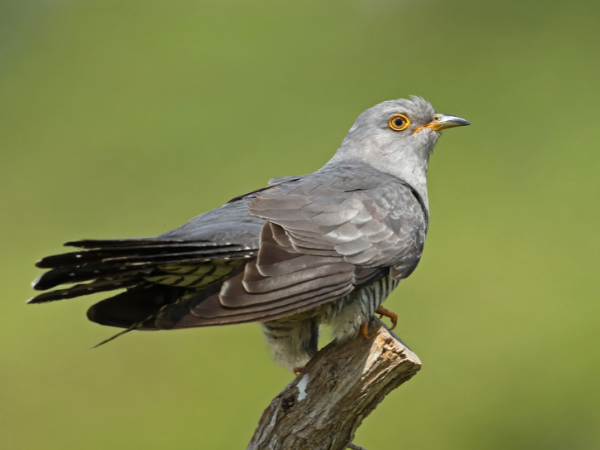
Bluebirds: Bringing Joy And Renewal
The gentle warble of a bluebird is often the first sign that spring has arrived. These small thrushes, with their vibrant plumage and cheerful songs, symbolize the joy and renewal that come with the warming season. Bluebirds remind us of clear skies and fresh starts. Their arrival turns a dull winter landscape into a canvas of hope and excitement.
Color Symbolism
Bluebirds carry a splash of the sky on their backs. Their brilliant blue feathers stand out against the brown of winter’s end, signaling brighter days ahead. This color is not just a treat for the eyes; it holds deep meaning. Let’s explore what the bluebird’s hues represent:
- Blue: It symbolizes happiness, peace, and tranquility. It’s the color of the sky on a clear day and of calm waters.
- Orange: Often found on their chest, orange represents warmth, positivity, and the nurturing spirit of spring.
Together, these colors reflect the essence of spring’s arrival—a time of serenity and new growth. The bluebird’s colors are nature’s way of painting joy across the land.
Nesting Habits
As spring unfolds, bluebirds get busy setting up their homes. These birds are cavity nesters, which means they look for hollow spaces to lay their eggs. Here’s how their nesting habits signify the start of spring:
- Search for a Home: Bluebirds scout for the perfect spot, often in a tree hole or a nest box.
- Nest Building: They gather grass, feathers, and twigs to create a cozy nest for their chicks.
Their nesting activity is a clear signal that the natural world is waking up. As they flit from tree to tree, bluebirds remind us that life begins anew with the coming of spring.
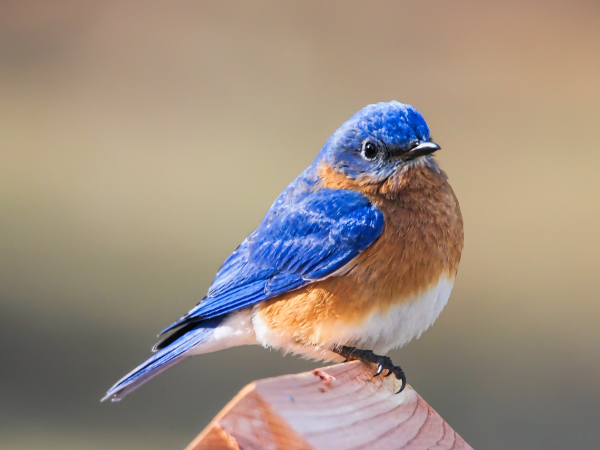
Sparrows: Small Birds, Big Representations
Sparrows, with their cheerful chirps and busy activities, are more than just common birds; they carry deep representations and have been seen as heralds of spring for centuries. Let’s dive into the world of sparrows and uncover their significant roles as springtime ambassadors.
Adaptability
When thinking about the adaptability of birds, sparrows stand out. These resilient little creatures thrive in diverse environments, from rural countrysides to bustling cities. Their ability to adapt is not only impressive but also symbolic of the human spirit’s capacity to endure and prosper in various conditions. Here’s how sparrows showcase their remarkable adaptability:
- Resourcefulness: Sparrows often make nests in various spaces, from tree branches to the nooks of buildings.
- Diverse diet: They eat seeds, insects, and scraps, showcasing their flexibility in feeding.
- Migratory patterns: Some sparrows migrate, while others stay put, demonstrating their survival strategies.
These traits highlight the sparrow’s ability to overcome obstacles and flourish. Their presence in early spring underscores the season’s theme of adaptation and growth.
Spiritual And Symbolic Meanings
Sparrows carry profound spiritual and symbolic meanings that resonate with many cultures. These small birds represent joy, community, and the importance of simplicity. Let’s delve into the various interpretations of sparrows’ spiritual significance:
- Hope: The sight of a sparrow is often seen as a sign of hope and the promise of better times ahead.
- Protection: In folklore, sparrows are believed to carry souls to the afterlife, symbolizing eternal care.
- Companionship: Their tendency to flock together speaks to the value of relationships and teamwork.
These birds also hold a place in religious texts. For example, sparrows are mentioned in the Bible as creatures watched over by God, emphasizing their spiritual importance. The arrival of sparrows in spring further cements their role as messengers of positivity and rebirth.
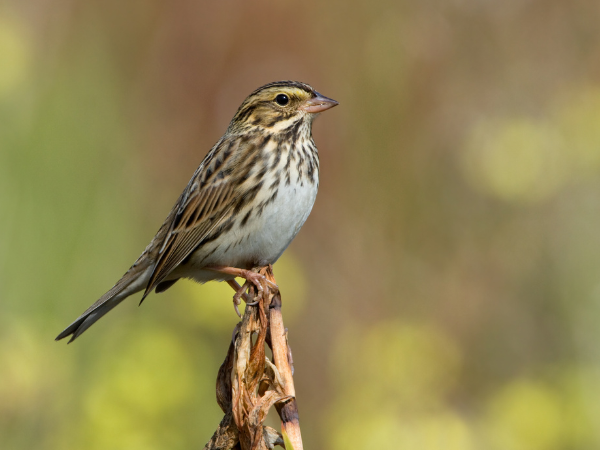
Frequently Asked Questions
What Bird Is The First Sign Of Spring?
The robin is widely recognized as the first sign of spring. These birds return to their breeding grounds as the weather warms up, symbolizing the arrival of the new season. Their presence is a welcome sight, indicating that spring is near.
Why Do Robins Symbolize Spring?
Robins symbolize spring because they are among the first birds to return from their winter migration. Their appearance coincides with the start of warmer weather and the blossoming of flowers, making them a natural sign of spring’s arrival.
How Can You Attract Robins To Your Garden In Spring?
To attract robins to your garden, provide food sources like worms and insects, fresh water in a birdbath, and nesting materials such as twigs and leaves. Robins are also attracted to fruit-bearing plants and shrubs, offering both food and shelter.
When Do Robins Typically Return For Spring?
Robins typically return to their breeding grounds in late winter or early spring, but the exact timing can vary by region. Their arrival is often influenced by local weather conditions and the availability of food.
